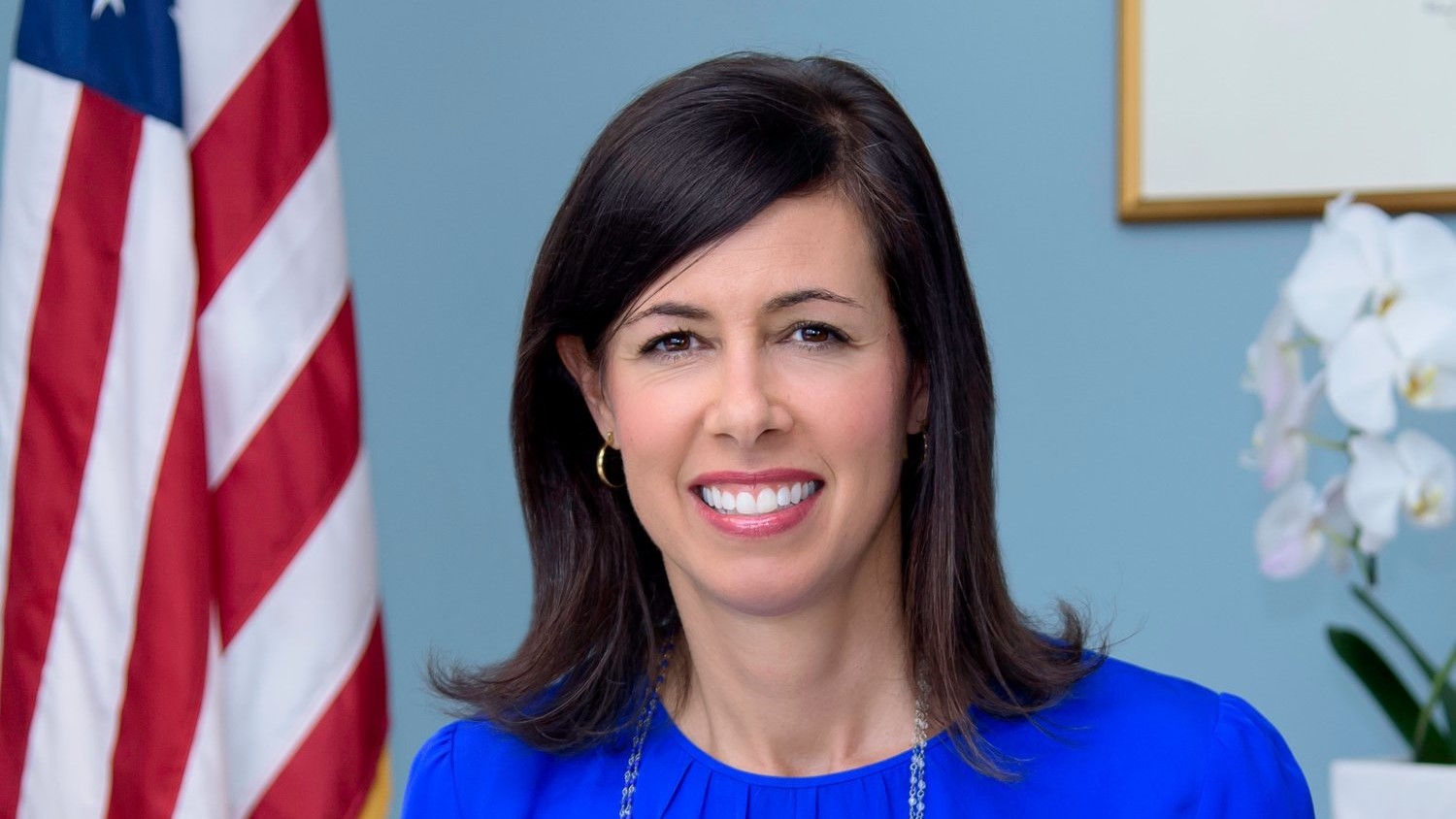FCC to Support Hawaii Wildfire Recovery
Service to more than 10,000 cable and wireline subs has been restored along with 17 of 21 cell sites, the FCC reported

WASHINGTON, D.C.—The FCC has issued new updates to the status of the communications infrastructure in Hawaii in the wake of devastating wild fires that show ongoing improvements in communication systems.
Along with the updates, FCC chair Jessica Rosenworcel provided a detailed update on the Commission’s plans to help the local communities recover from the disaster.
In a statement on the FCC's response Rosenworcel noted that broadcasters are "continuing to operate and share important community updates and news."
“Having worked for Senator Inouye, I experienced firsthand the kindness and collective spirit of Aloha that guides the people who call Hawai’i home,” Rosenworcel said. “The agency has staff on the ground in Maui assessing the impact on communications services and infrastructure to help local, state, and federal authorities to identify how to best support restoration and emergency response. We have been issuing daily public communications status reports that track the restoration progress, with 17 out of 21 cell sites now restored, the Maui 911 call center now functional, and broadcasters continuing to operate and share important community updates and news. Also, over 10,000 cable and wireline subscribers have had service restored, but more work remains. We will continue to work closely with local, state, and federal partners as families and residents all over the island begin to rebuild and recover from these devastating wildfires.”
More specifically, the FCC outlined a number of steps it is taking to help communities impacted by the Maui wildfires:
- Deploying FCC staff to Hawaii to determine the impact to public safety and emergency alerting communications capabilities.
- Enabling wireless providers to deploy temporary microwave stations to the affected area to support wireless service.
- Monitoring the operational status of communications services and infrastructure on Maui and coordinating with government partners, industry, and public safety to support their restoration efforts.
- Enabling the County of Maui to use additional frequencies to support public safety communications.
- Activating a tailored version of its Disaster Information Reporting System to obtain targeted, granular communications status information to aid emergency responder decision-making.
- Posting updates—including reports on the operational status of communications—on a dedicated webpage (www.fcc.gov/HawaiiWildfires), which also includes tips for the public when communicating during an emergency.
- Supporting FEMA and Hawaii disaster operations through spectrum coordination activities.
- Performing remote High Frequency Direction Finding (HFDF) scans to determine and share operational status of AM stations that support public safety communications.
- Assisting carriers with transportation logistics and state processes to expedite communications restoration activities.
- Supporting Urban Search and Rescue Operations by issuing Special Temporary Authority (STA) to operate equipment required by search personnel.
- Engaging federal, state, and local officials on the ground to determine priority needs, provide situational awareness, and share expertise to inform decision-making and the implementation of communications services.
- Extending filing and regulatory deadlines for licensees and applicants in Hawaii so they can focus on the response.
- Engaging with FirstNet to assist with movement and placement of assets to support public safety officials’ field engagements.
- Lastly, the FCC’s Operations Center is available 24/7 to assist public safety and industry with communications needs related the response and restoration on Maui.
Get the TV Tech Newsletter
The professional video industry's #1 source for news, trends and product and tech information. Sign up below.
George Winslow is the senior content producer for TV Tech. He has written about the television, media and technology industries for nearly 30 years for such publications as Broadcasting & Cable, Multichannel News and TV Tech. Over the years, he has edited a number of magazines, including Multichannel News International and World Screen, and moderated panels at such major industry events as NAB and MIP TV. He has published two books and dozens of encyclopedia articles on such subjects as the media, New York City history and economics.

